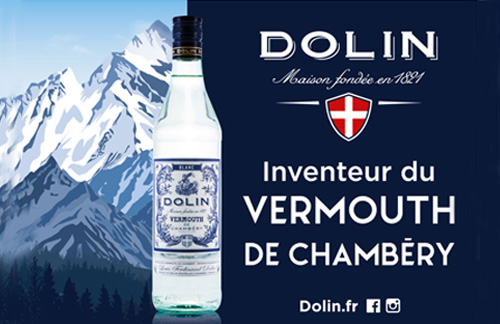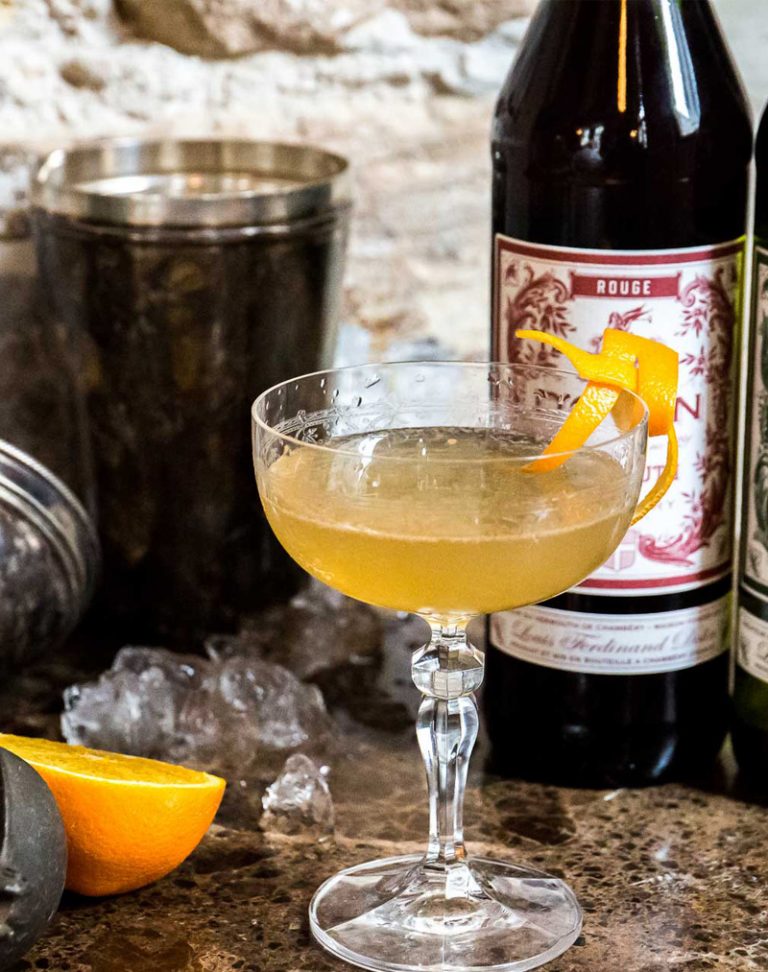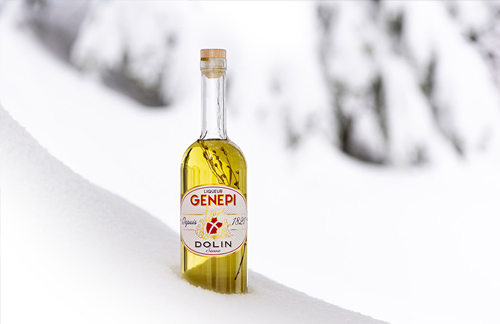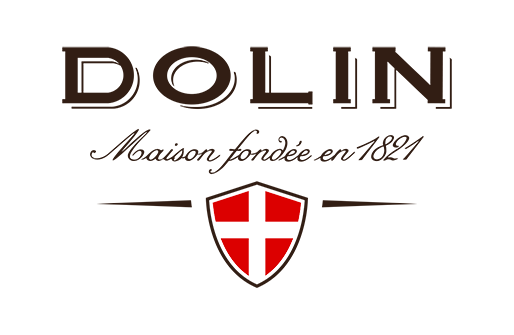The story of Dolin reads like a novel. From Joseph Chavasse to the Sevez family and including, of course, the famous Marie Dolin, meet the personalities who have forged the history of our distillery and learn of the many challenges they had to overcome to bring you these famous drinks from Chambery today.
1814
ONCE UPON A TIME IN SAVOY…
Joseph Chavasse was 24 years old when he moved to Les Echelles. He had learned the art of confectionery-making in Grenoble from Joseph Salviani, whose daughter he married. Confectionery-making is one method for preserving fruit aromas, but Joseph had a greater affinity for another: distillation. Inspired by the liquors produced by the monks at the nearby Grande Chartreuse monastery, he laid the foundation stone of his distillery. Hard-working and inventive, he had soon filled his notebook with various recipes, the fruit of his research and experiments.
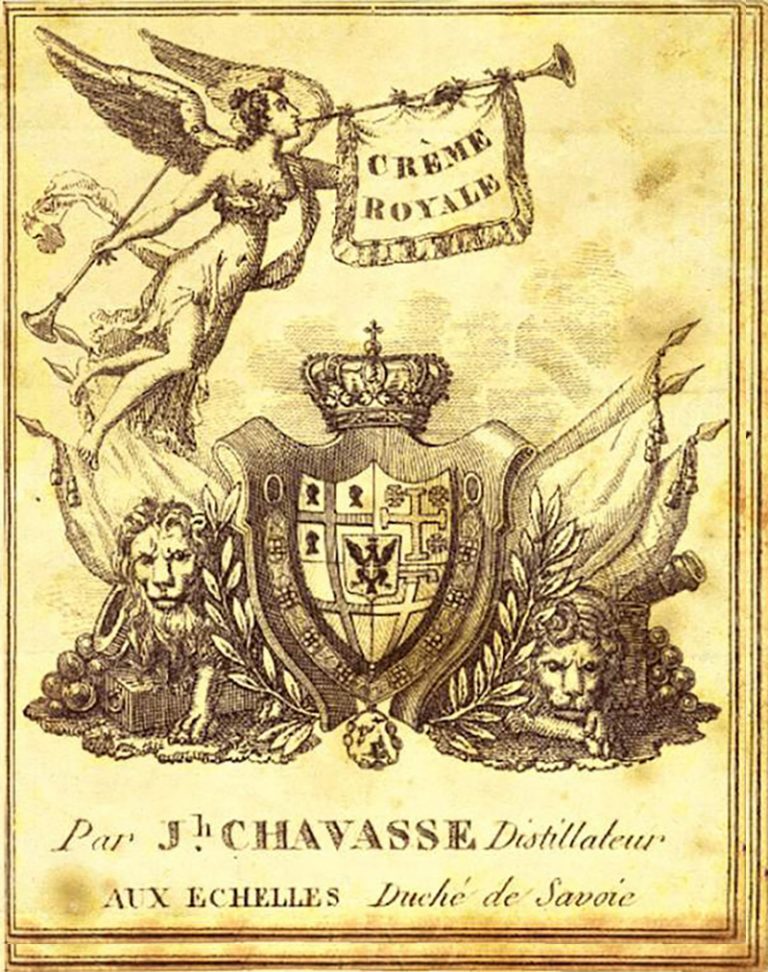
1821
IDEAS APLENTY
Joseph Chavasse produced many liquors made with the Alpine plants. Inquisitive by nature, he also liked to travel and, as it turned out, the new coach service between Chambery and Turin passed right through Les Echelles.
In Turin, Joseph saw that the liquor-makers were developing new beverages that appealed to the local population. The Turin liquor-makers called them "vermout". Impressed by these beverages, Joseph decided to create his own vermut recipe. He did not yet know that his distillery would become famous for it.
In Turin, Joseph saw that the liquor-makers were developing new beverages that appealed to the local population. The Turin liquor-makers called them "vermout". Impressed by these beverages, Joseph decided to create his own vermut recipe. He did not yet know that his distillery would become famous for it.
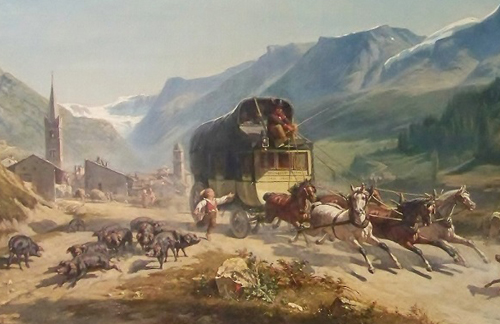
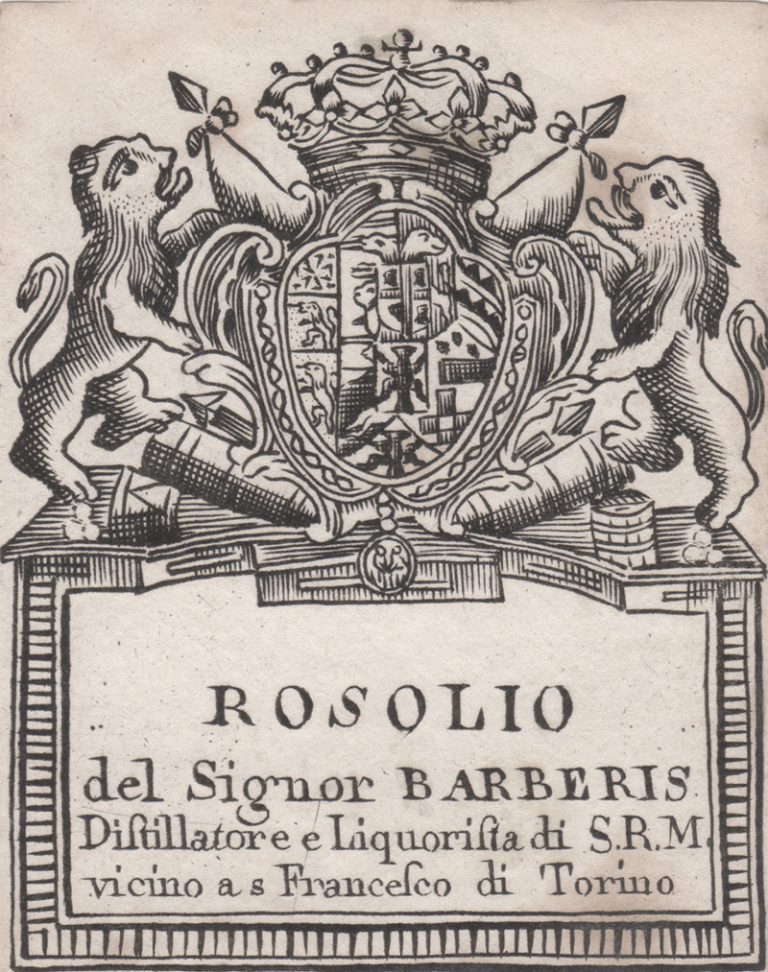
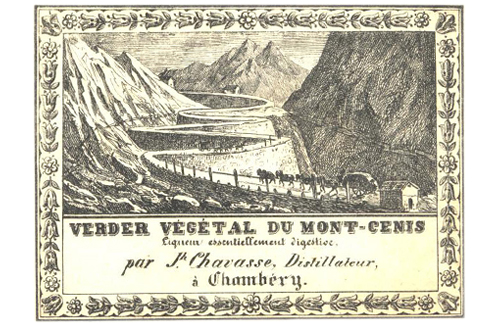
1830
CHAMBéRY, THE PLACE TO BE…
Thanks to the Comte Benoît de Boigne, Chambéry had become an important commercial centre again. The Chambéry bourgeoisie liked to go out and about, window-shopping, visiting cafés... and drinking liquors. Joseph Chavasse therefore decided he would move to Chambéry, to Faubourg Reclus (where Decitre is located today). He immediately started creating new liquors: Génépi des Alpes, Marasquin, Bon Savoyard... but he would soon focus his attention on the product with the greatest potential, whose future would be indissociable with that of the distillery: vermouth.
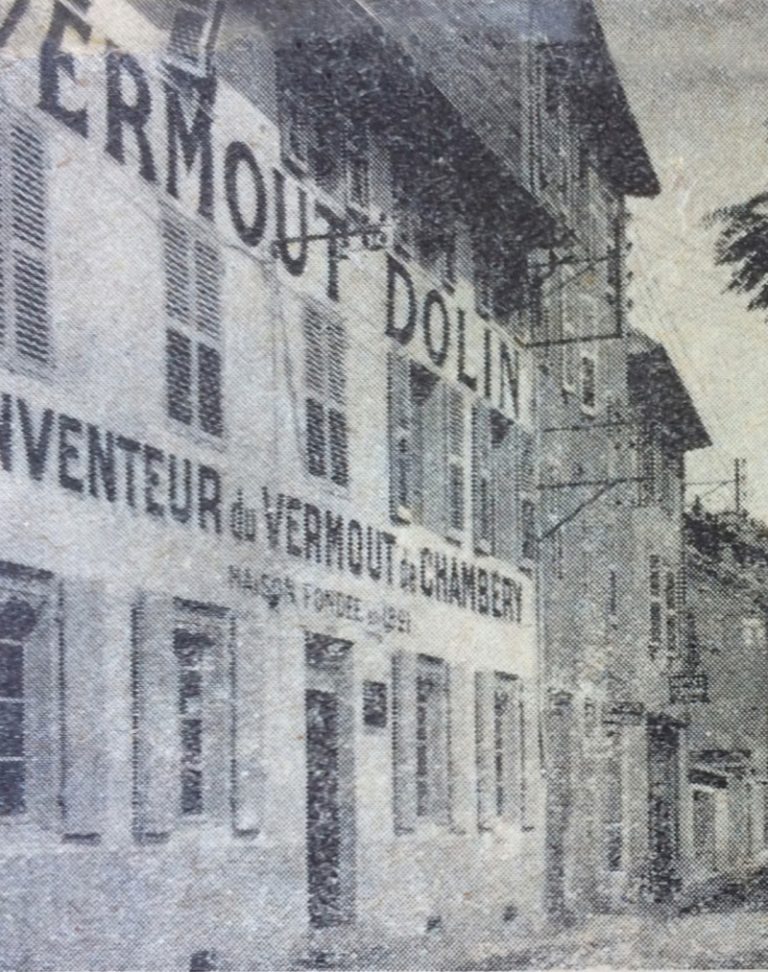
1840
A FAMILY AFFAIR
After Joseph Chavasse’s death, his daughter Marie married a Chambéry local, Louis-Ferdinand Dolin. The latter took a keen interest in the distillery, which he bought in 1852. He gave it his name associated with that of its flagship product: "Vermouth Dolin". At the time, Vermouth was becoming increasingly popular in Paris, where this "stimulating beverage" was much appreciated, so much so that other Savoyard distilleries attempted to create their own versions. Awards and certificates started pouring in ...
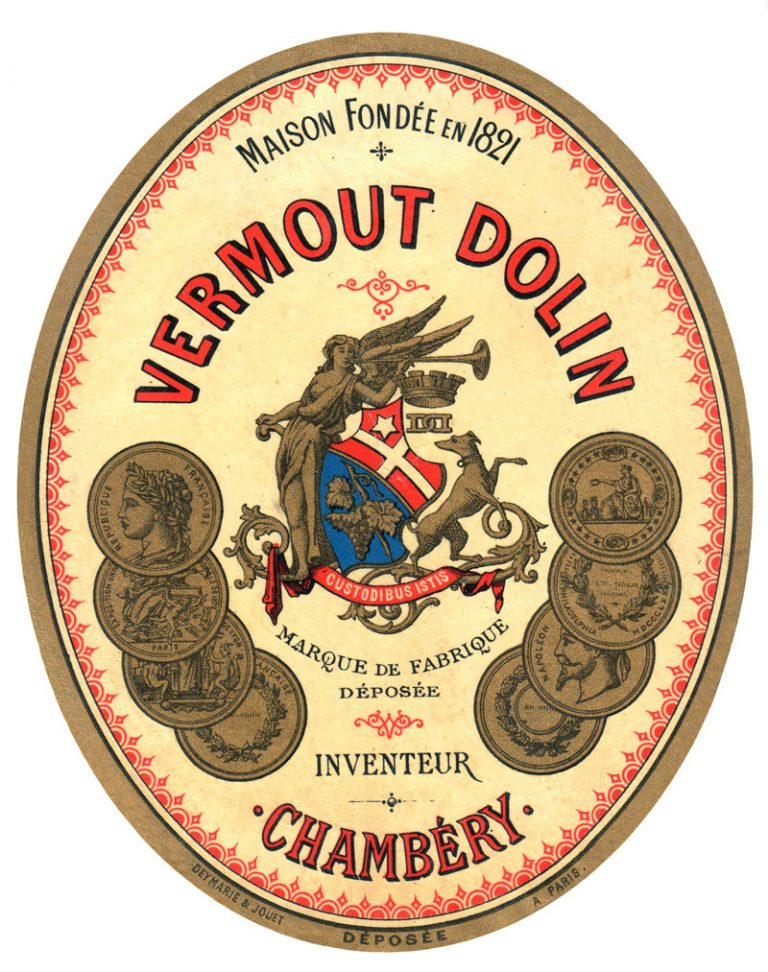
1860
DOLIN, THE FORERUNNER
1860 saw the Duchy of Savoy become part of France again, and with it came great upheavals in a region that had hitherto relied on local activities and industries. Dolin’s success had not gone unnoticed by the good people of Chambéry and the more enterprising ones among them tried to get in on the act. The Descotes and Comoz companies, in their turn, created their own vermouth recipes, thus creating new competition for Dolin.
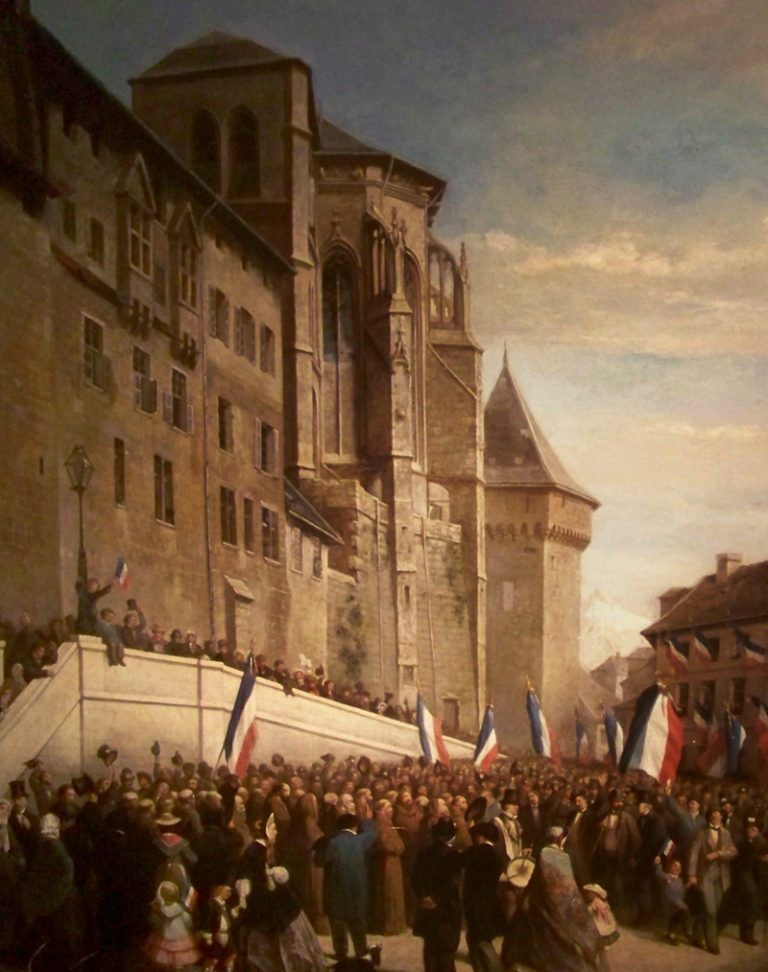
1870
MARIE THE BOLD!
When Ferdinand Dolin died in 1869, his wife Marie took control of the company. She would give it international acclaim. Marie Dolin was also convinced of the great potential of the vermouth and she thought big! In 1876, she crossed the Atlantic to present her “Vermouth de Chambéry” at the World Fair in Philadelphia. And she obtained a gold medal for it! This was the consecration, an unprecedented recognition for Dolin’s vermouth, and it would be followed by a raft of other medals...
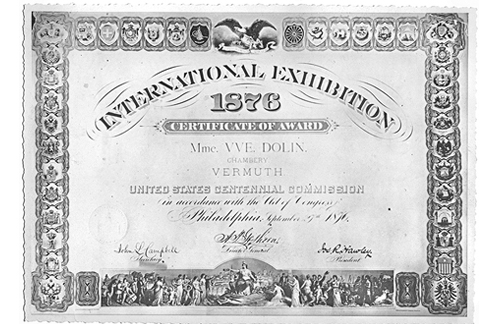
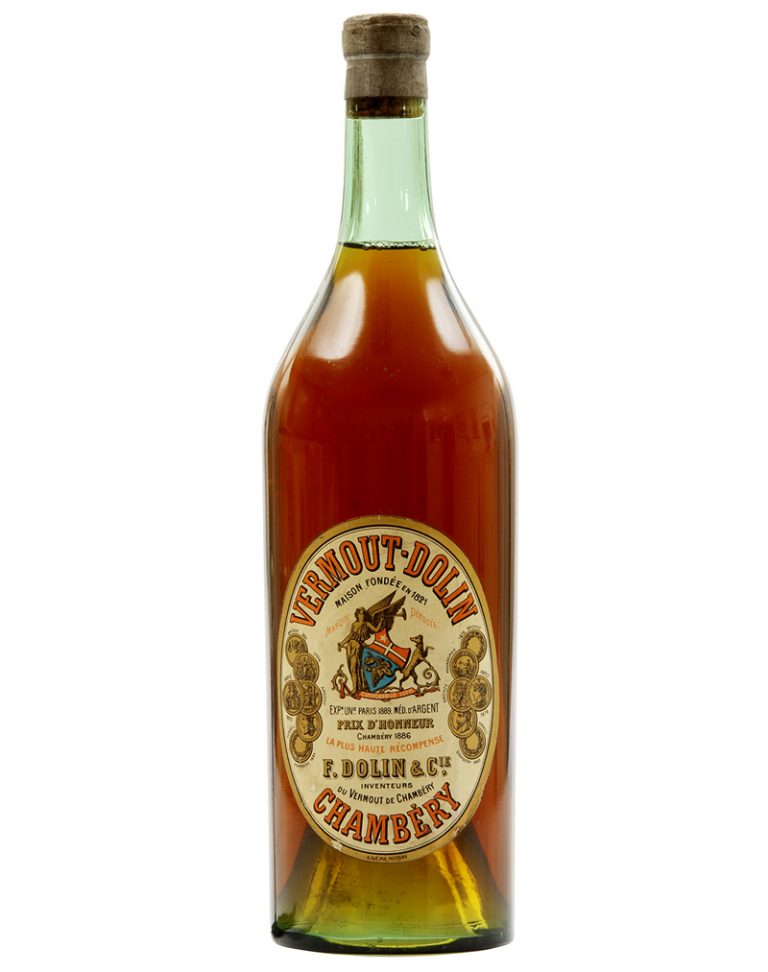
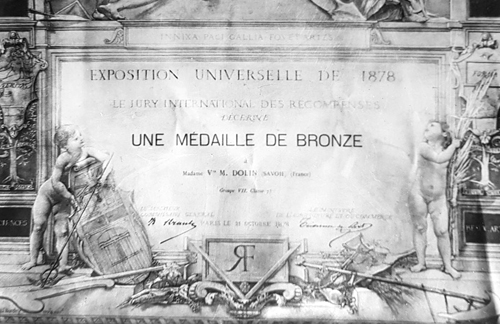
1880
CRAZY FOR VERMOUTH
At the dawn of the “Belle Époque”, Vermouth Dolin was all the rage on the café terraces, which were appearing everywhere and particularly in the nearby town of Aix-les-Bains which was then in its golden age. The craze for vermouth was so great that counterfeit products were popping up everywhere. Vermouth Dolin therefore became even more synonymous with quality.
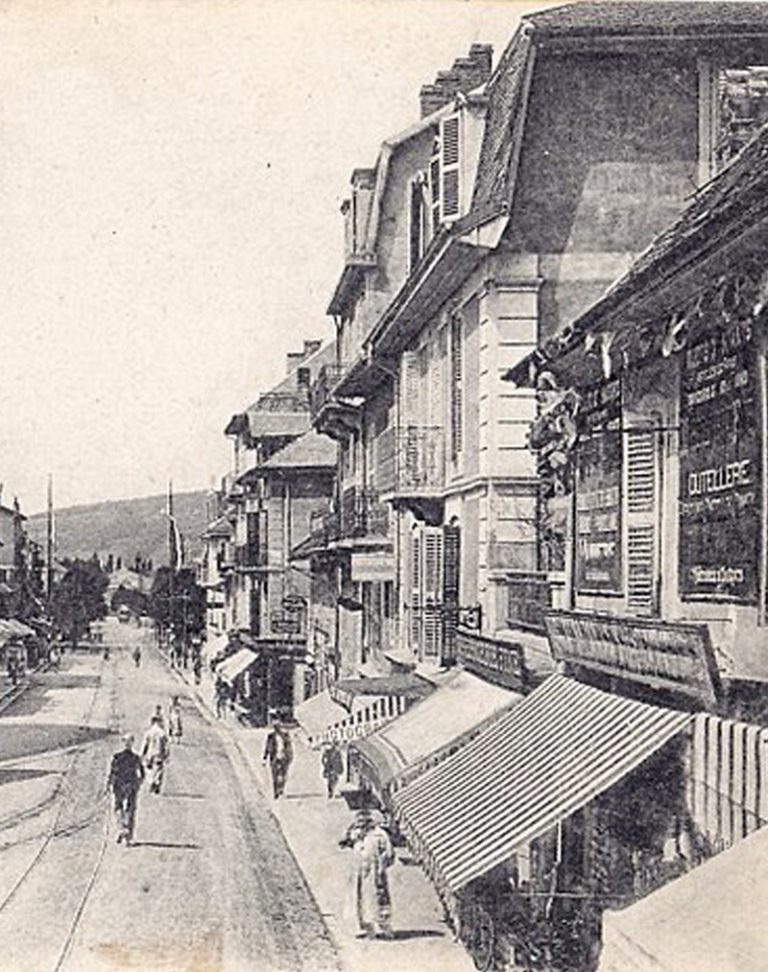
1900
A SWEET TREAT
Vermouth was the king of the aperitif throughout France. People were now using the name "Chambéry" to describe the Savoyard vermouth that clearly differentiated itself from the others. Novelty drinks started to appear including the "Chambéry-fraise", a mixture of white vermouth and strawberry liqueur. Marie Dolin’s daughter, Marie-Rosalie, suggested to her brothers (who were running the distillery at the time) that they produce a pre-bottled version and this led to the introduction of Chambéryzette.
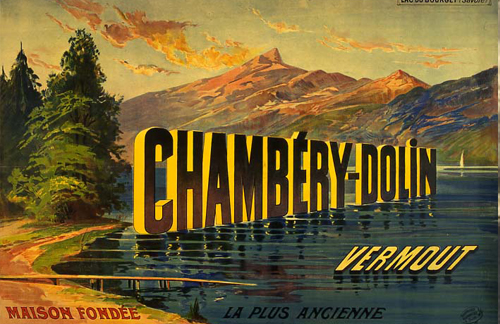
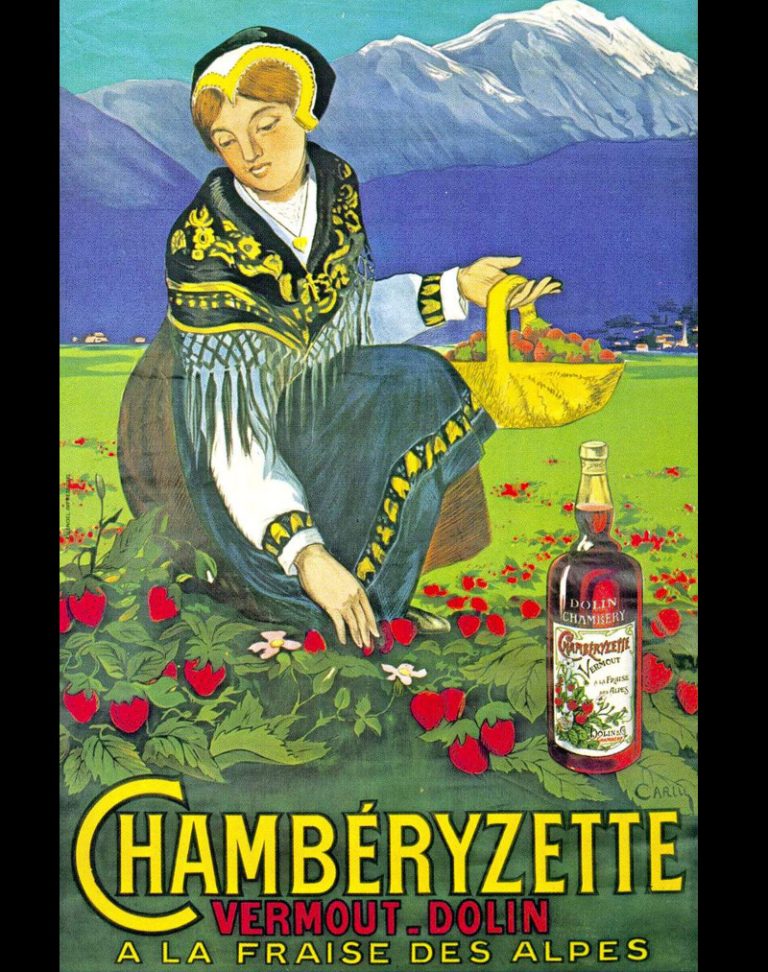
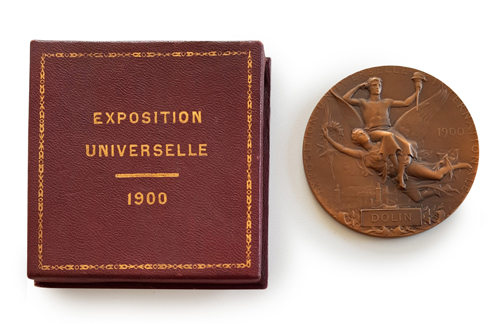
1910
THE TURNING POINT
Vermouth Dolin was at the height of its popularity and being exported to England and the United States, but the dark shadow of the First World War was looming on the horizon and it would bring these halcyon days to an end... In 1919, the Dolin family fell victim to the ravages of the war and was mourning premature deaths in the family. The distillery was sold to family friends, the brothers Charles and Joseph Sevez, respected grocers in Chambéry. At the start of the Roaring Twenties, the brothers would give the company a new lease of life...
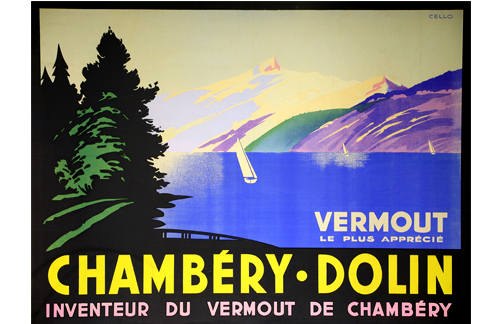
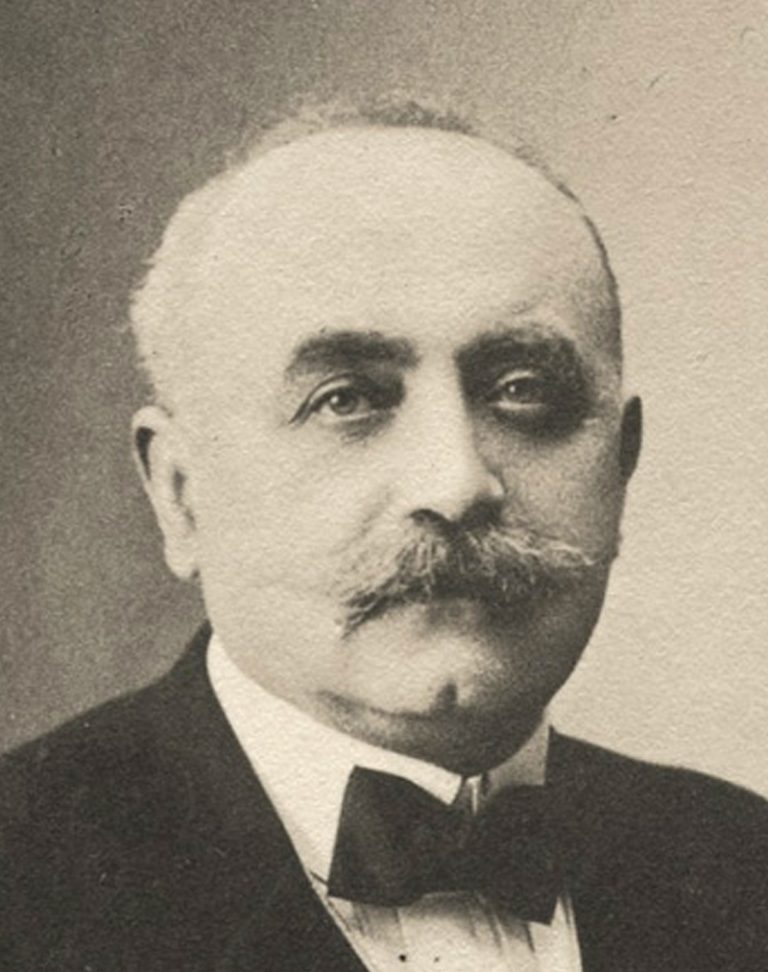
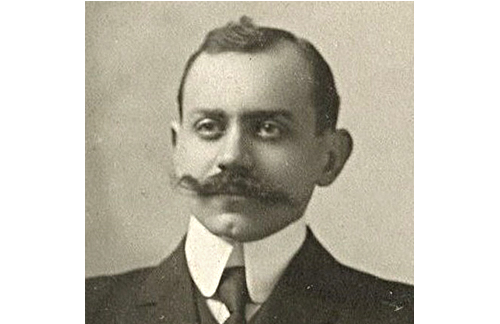
1920
PLANNING FOR THE FUTURE
Charles Sevez created a distribution company named "L'Allobroge", in partnership with other grocery wholesalers, and this would become important to the economy of the entire region. It would also help boost the distribution of Dolin products at a time when competition from other vermouth-makers was on the rise.
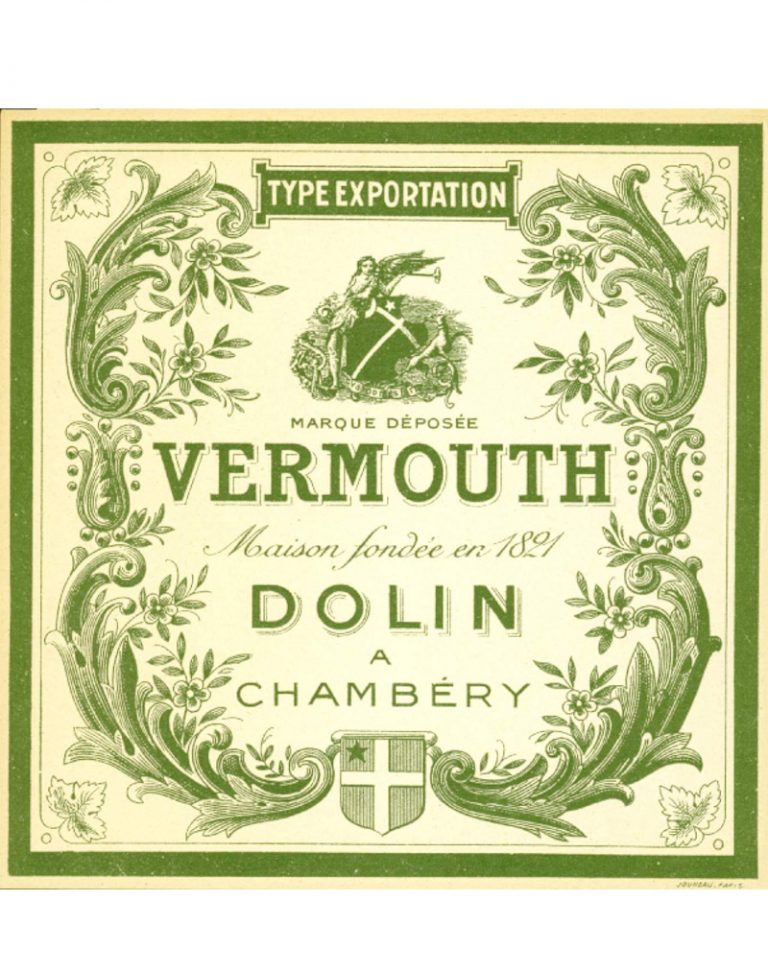
1930
GROWING VISIBILITY
Export taxes and prohibition in the United States crippled the exports of Vermouth Dolin, popular on the other side of the Atlantic. To give the company fresh impetus, the Sevez brothers brought out new products and started to make use of advertising, at which they were experts. As for the Parisians, they still adored Chambéry-Fraise which they sipped on the terraces of Montparnasse and within artistic circles...
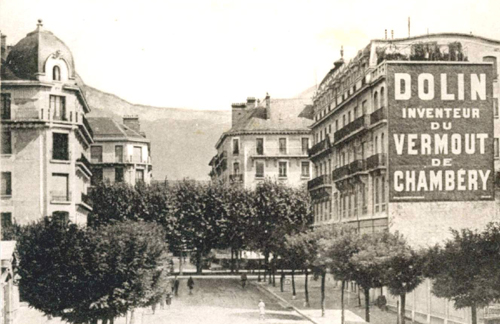
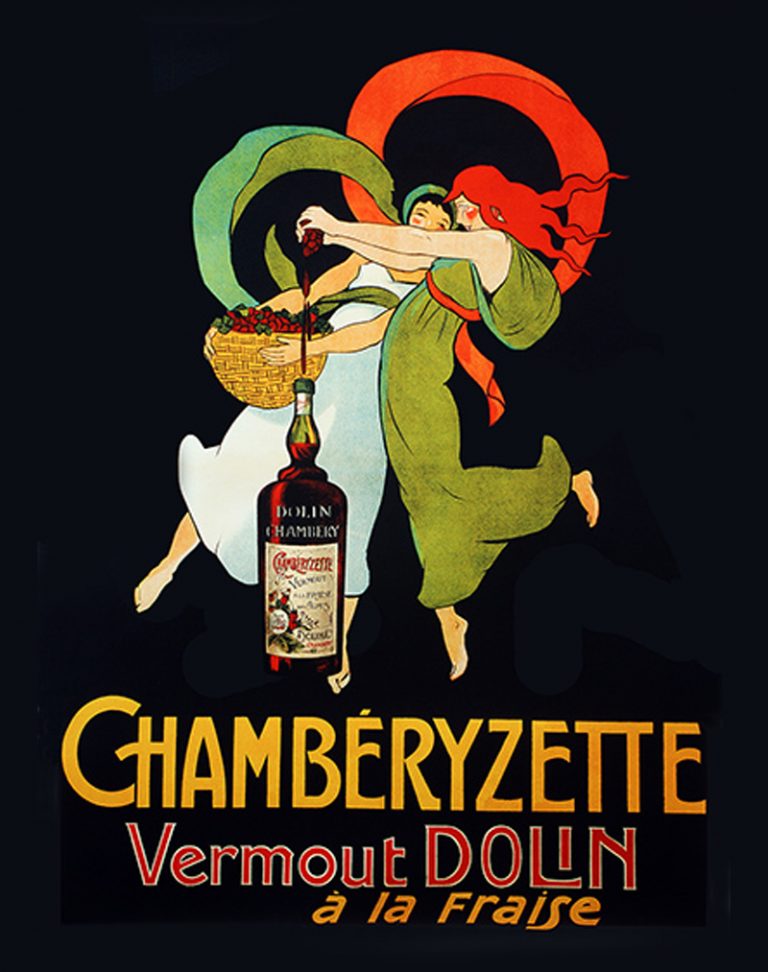
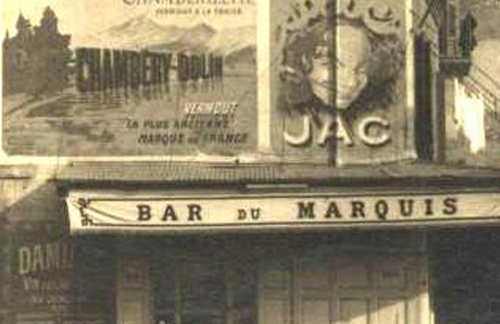
1940
DOWNS…AND UPS
Although Dolin managed to stay in business during the Second World War, the bombing of Chambéry in 1944 turned the capital of French vermouth into a pile of ruins. However, business took off again in 1946, in both France and abroad. In fact, demand from the export markets was so strong that Dolin had to modernize its facilities.
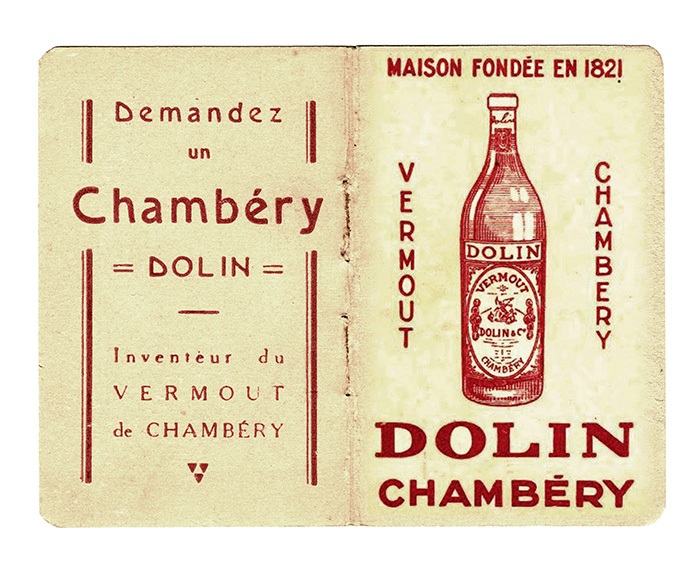
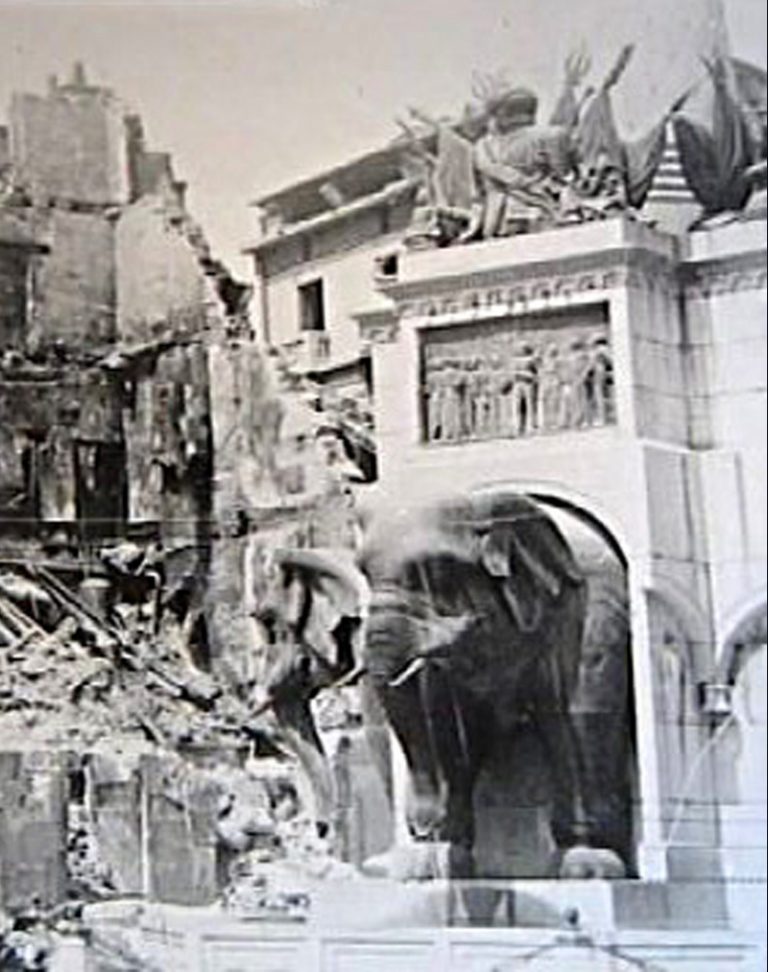
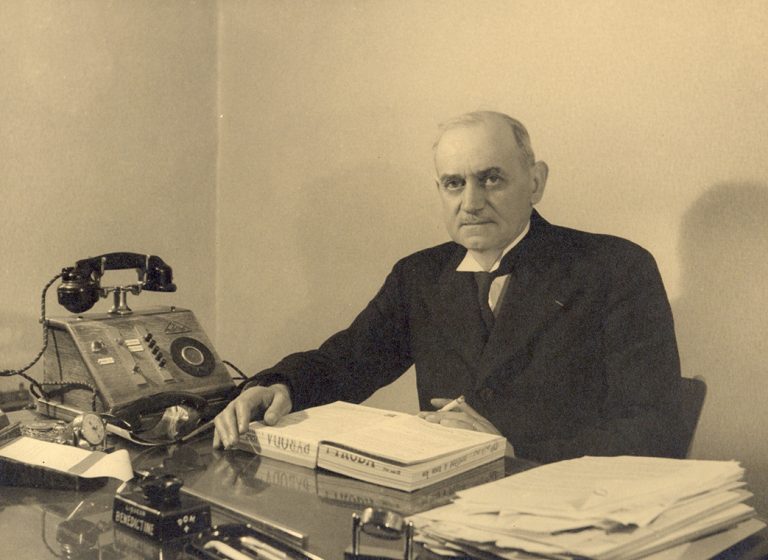
1950
INNOVATION TO OVERCOME ADVERSITY
The recovery was short-lived. Whisky and pastis became very popular and vermouth seemed to go out of fashion as an aperitif, except for the vermouths from the big Italian producers who continued to do well, one even giving its name to a vermouth cocktail, the "Martini". Fortunately, exports of Vermouth Dolin held up, and the Savoie wine trading activity, started by the Sevez brothers, would help Dolin get through this difficult period. What’s more, Pierre Sevez, who was running the company at the time, had other tricks up his sleeve: fruit syrups...
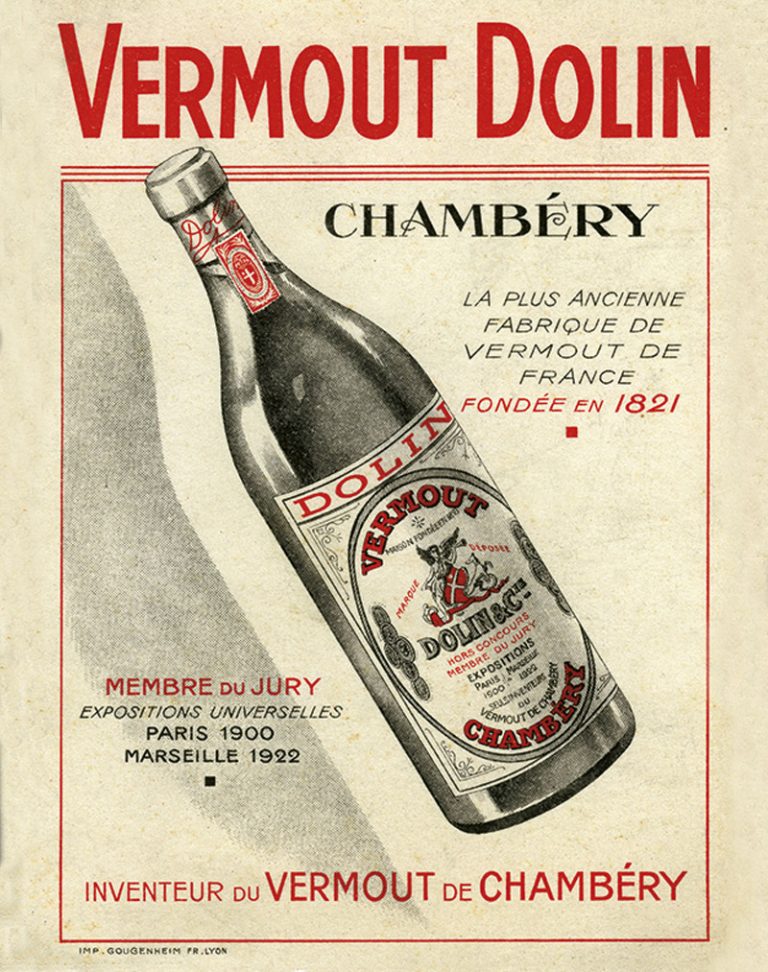
1960
MEANWHILE, IN NEW YORK…
As well as the white and the red Vermouths, still very popular in the United States, The Dolin range included a dry vermouth, a less sweet version particularly suitable for the cocktails that were becoming all the rage on the other side of the Atlantic. According to Pierre Sevez, the Chambéry vermouth "so little known in the Savoie region, is a messenger which carries the name of its birthplace far".
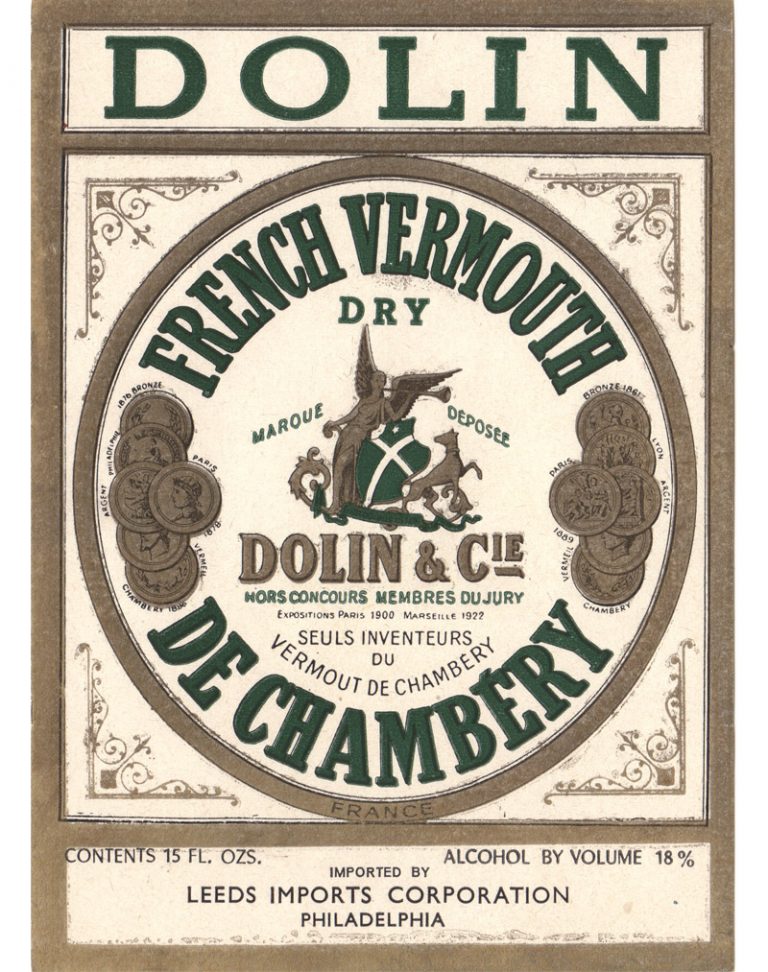
1970
SYRUPS, DOLIN'S NEW STARS
Pierre Sevez was assisted by his two sons, Bernard and Jean-Louis. The latter, in a stroke of genius, decided to revamp the range of syrups, as a tribute to Marie Dolin: its success would give Dolin a bit of breathing room as it struggled to get back on top. The distillery then moved to its current, more spacious, premises on Chambéry’s industrial estate.
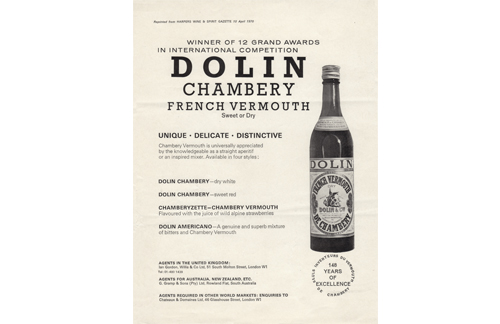
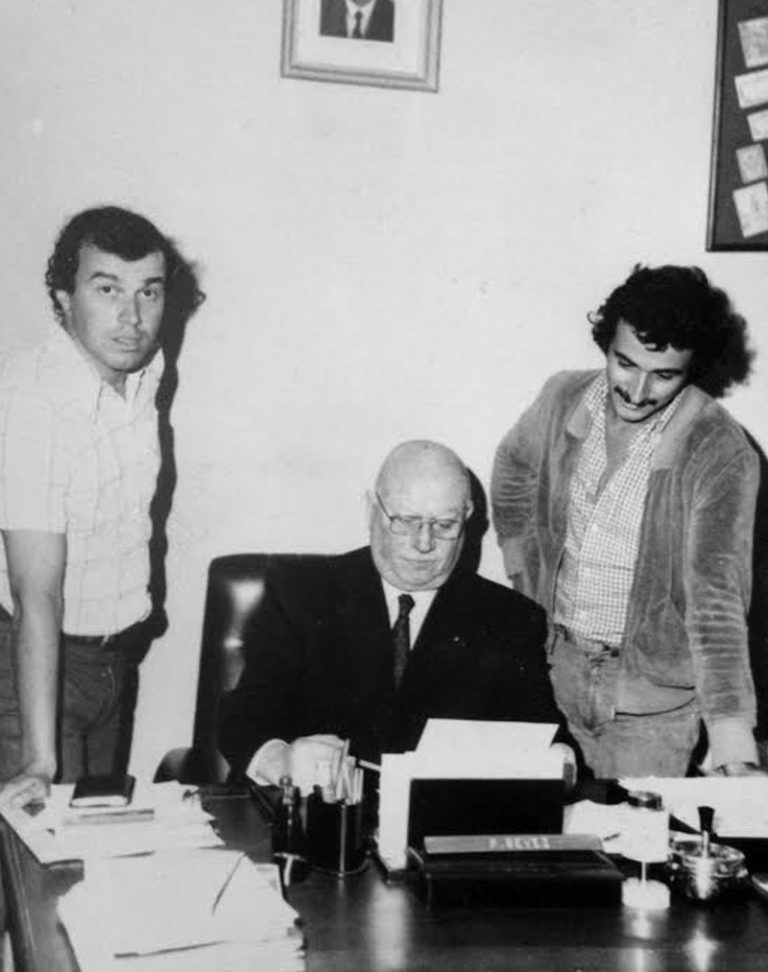
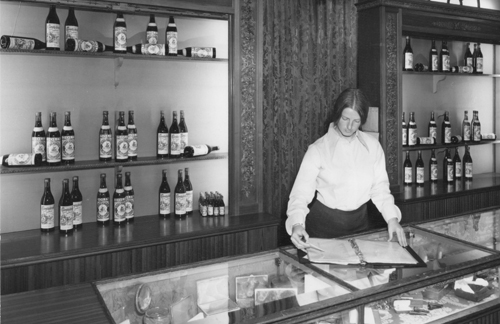
1980
WHITE GOLD CREATES A NEW DEMAND
This was at a time when ski resorts were popping up throughout the Alps. Winter sports became extremely popular and the restaurateurs would have the skiers try the authentic mountain liquors with preserved flavors offered by Dolin. Bernard Sevez, who succeeded Pierre, recruited Ariane Aimard in 1980. Ariane, who is still the guarantor of Dolin savoir-faire today, took over the technical management from Jean-Louis and was joined a few years later by Jean-Luc Scapolan on the general management side.
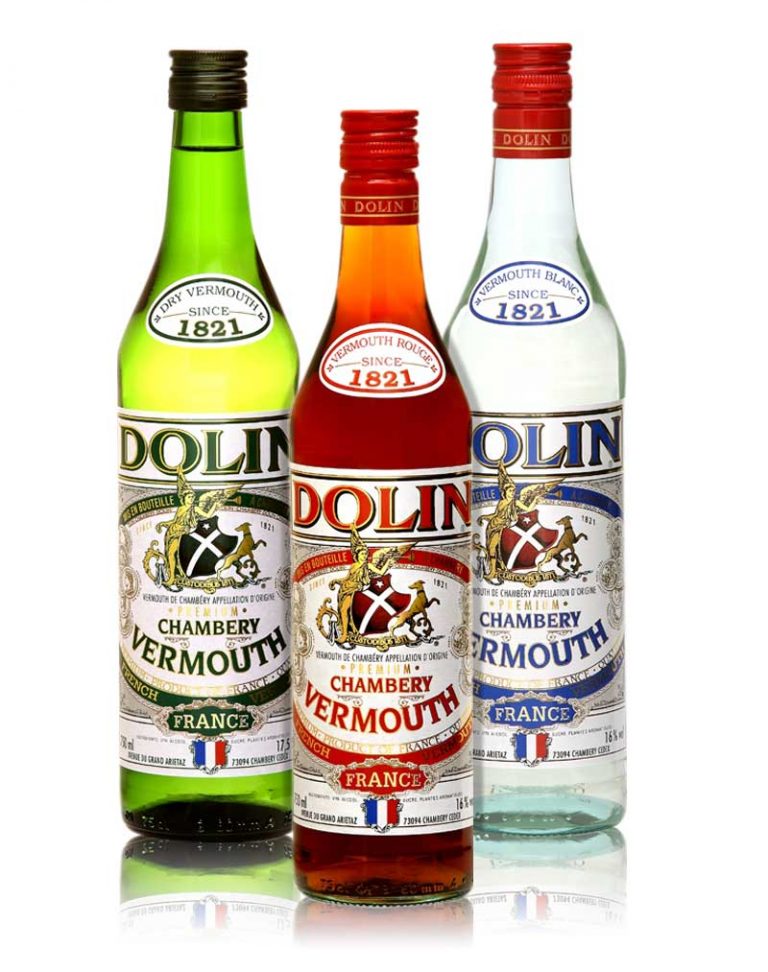
1990
SAVOIE LIQUORS IN THE SPOTLIGHT
Dolin was still a family-owned company. Its focus remained, more than ever, on crafting its own products, syrups and liquors, to its high standards of quality and respecting tradition. The Génépi Dolin, very popular with skiers, was also to enjoy the spotlight for a time. The 1992 Winter Olympics in Albertville attracted many visitors to the region and they took the opportunity to try, and take home, the typical products of the Savoie region. As a result, the demand for the mountain liquors exploded.
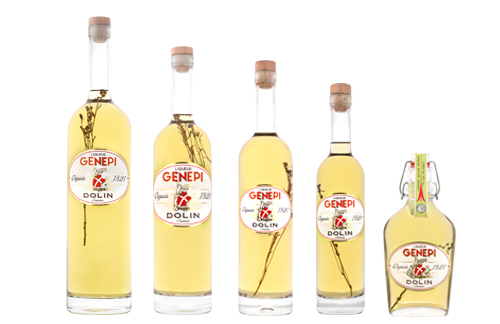
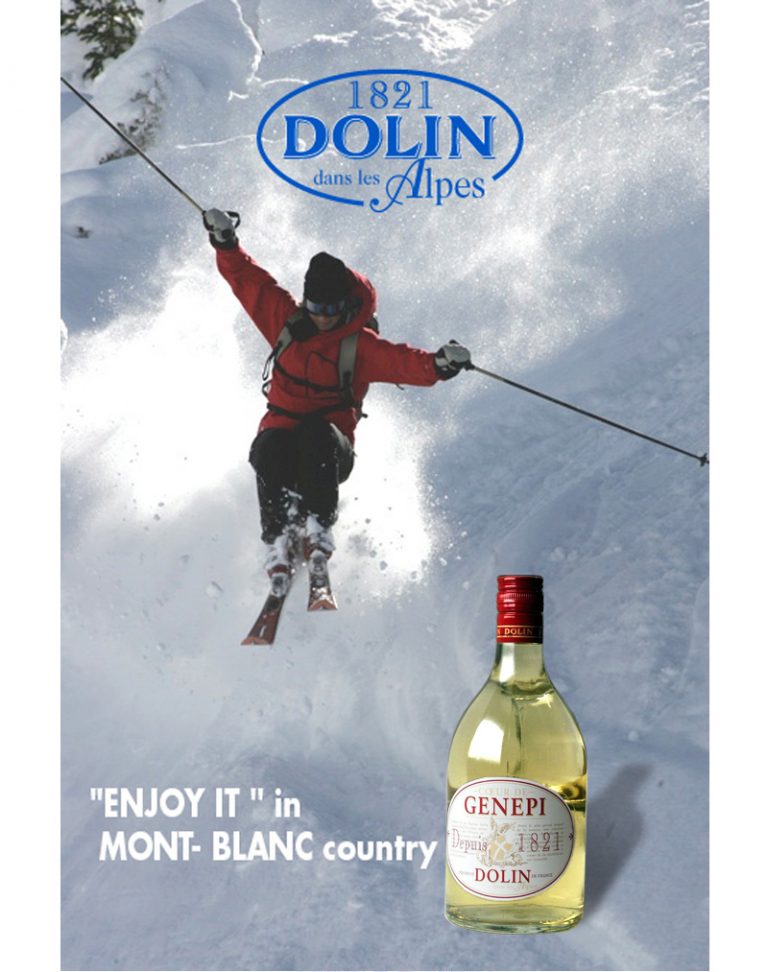
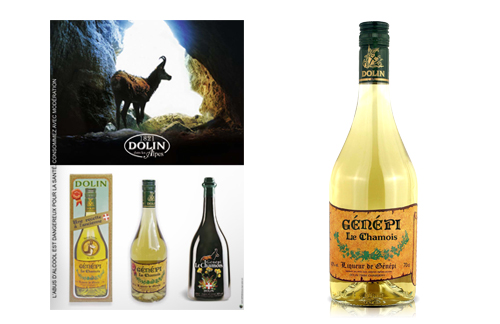
2000
DOLIN AROUND THE WORLD
In 2001, Jean-Luc Scapolan took over the management of the company, succeeding his brother-in-law. Passionate about the business, he continued to focus on the products that had been the bright stars in Dolin’s history. His hard work and tenacity were rewarded. The growth of exports outside Europe proved that he had taken the right decisions. By the time he retired, the 50 countries where Dolin was distributed were driving the business’s exceptional growth.
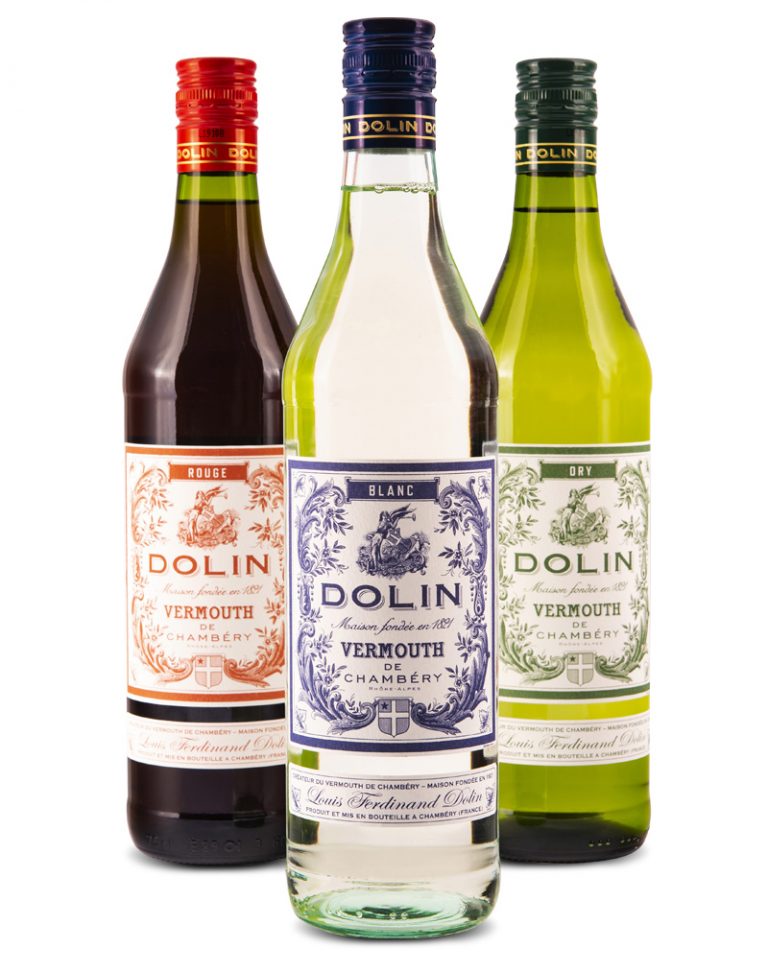
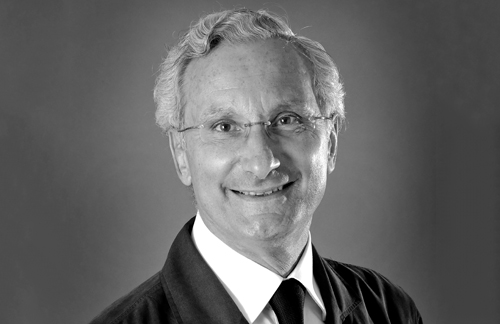
2019
MOVING CONSTANTLY FORWARD…
Bernard Sevez’ son-in-law, Pierre-Olivier Rousseaux, is at the Dolin helm today, with Ariane Aimard at his side. Dolin is in better shape than ever: with its syrups and genepi available throughout the mountain valleys, the pioneer of “Vermouth de Chambéry” is once more an important player. And its vermouths, the star ingredients in numerous cocktails, are being exported to the four corners of the globe...
